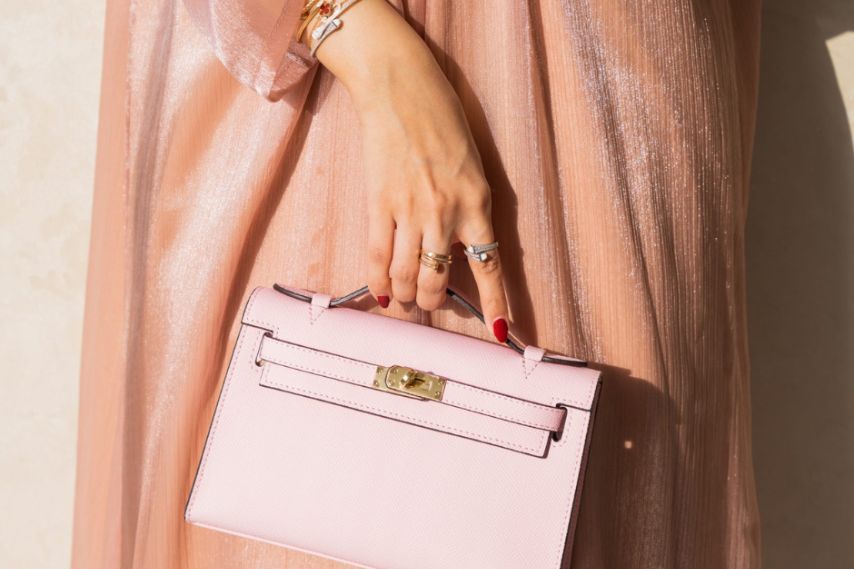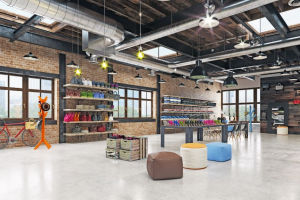Sustainability in Abaya Fabrication: How Ethical Fashion is Reshaping the Industry

Discover the evolving landscape of sustainable fashion through the lens of the abaya
The fashion industry is witnessing a transformative shift towards sustainability, with ethical fashion leading the charge. Among the various clothing items, the abaya has emerged as a significant garment that embodies this change. Traditionally seen as a symbol of modesty and cultural identity, the abaya is now also a canvas for sustainable and ethical fashion practices.
The Rise of Sustainable Abaya Fabrics
As consumers become more environmentally conscious, the demand for sustainable abaya fabrics has soared. Materials like organic cotton, bamboo, and recycled polyester are becoming popular choices for abaya fabrication. These materials are not only eco-friendly but also offer the same level of comfort and elegance as traditional fabrics.
One of the key benefits of using sustainable fabrics is their lower environmental impact. Organic cotton, for example, is grown without harmful pesticides and requires less water compared to conventional cotton. This makes it a much more sustainable option for fabricating abayas.
Ethical Practices in Abaya Manufacturing
Sustainability in abaya fabrication goes beyond the choice of fabric. It encompasses the entire manufacturing process, including labor practices and the supply chain. Ethical fashion advocates for fair labor practices, ensuring that workers are paid fair wages and work in safe conditions.
Many brands are now embracing transparent supply chains, allowing consumers to trace the origins of their abayas. This transparency not only builds trust with consumers but also promotes accountability within the industry.
The Impact on the Industry
The shift towards sustainability in abaya fabrication is reshaping the fashion industry. It challenges traditional practices and sets new standards for ethical and environmental responsibility. Brands that adopt sustainable practices are not only contributing to the well-being of the planet but also positioning themselves as leaders in ethical fashion.
Consumers play a crucial role in this transformation. By choosing sustainable abayas, they send a strong message to the industry about their values and expectations. This consumer demand drives more brands to adopt sustainable practices, creating a positive cycle of change.
Embracing Sustainability: A Win-Win for All
Sustainability in abaya fabrication is a win-win for both the environment and the consumers. It offers an opportunity to wear beautiful, high-quality garments that also contribute to a healthier planet. As the industry continues to evolve, sustainable abayas will become more than just a fashion statement—they will symbolize a commitment to ethical and environmental stewardship.
FAQ
Q: What makes a fabric sustainable?
A: Sustainable fabrics are those that are eco-friendly, require less water and chemicals to produce, and are often made from recycled or renewable resources.
Q: Can sustainable abayas be as fashionable as traditional ones?
A: Absolutely. Sustainable abayas come in various styles and designs, offering the same elegance and versatility as traditional abayas.
Q: How can I ensure that an abaya is ethically made?
A: Look for brands that offer transparency about their manufacturing process, labor practices, and supply chain. Certifications such as Fair Trade can also be indicators of ethical production.
Sustainability in abaya fabrication is not just a trend but a meaningful shift towards a more ethical and environmentally friendly fashion industry. By embracing sustainable practices, the abaya continues to be a symbol of both tradition and modernity, paving the way for a more sustainable future in fashion.




